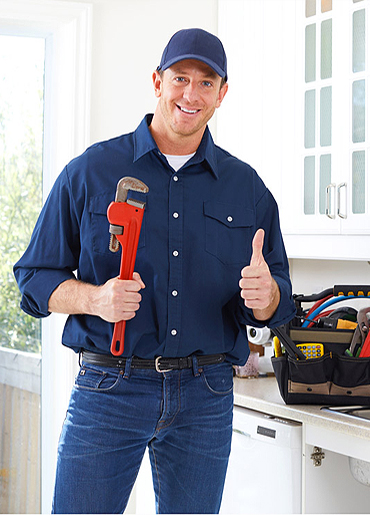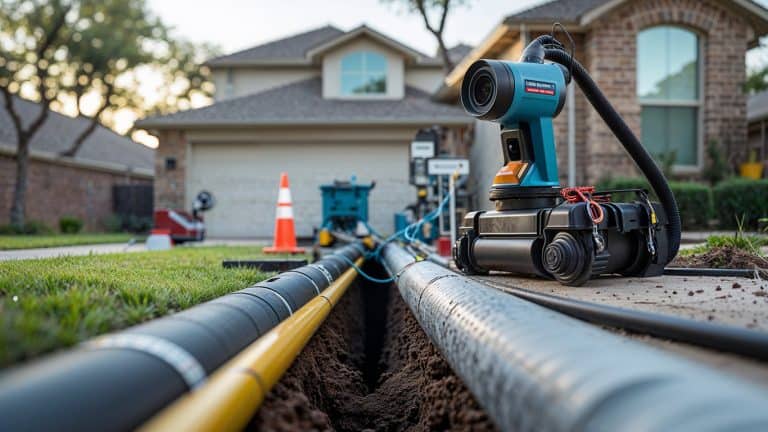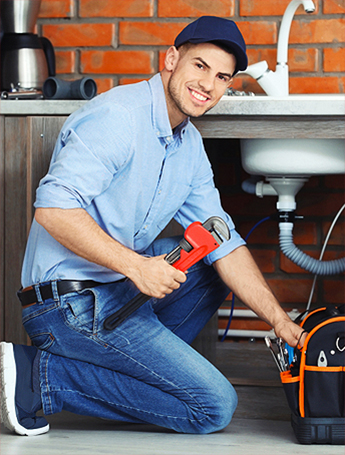
How Long Does A Trenchless Sewer Line Last In Boerne?
Introduction
When it comes to home maintenance, sewer lines often don’t get the attention they deserve. But for residents of Boerne, Texas, understanding the lifespan of trenchless sewer lines can make a significant difference in both planning and budgeting for future repairs. This article dives deep into the ins and outs of trenchless sewer line replacement, exploring its longevity, benefits, and what homeowners can expect from their investment.
The Lifespan of Trenchless Sewer Lines: How Long Can Boerne Residents Expect Their Investment to Last?
Trenchless sewer line replacement has gained popularity as a modern solution for aging or damaged pipes. But how long can you realistically expect these systems to last? Generally speaking, trenchless sewer lines can last anywhere from 50 to 100 years. That’s a pretty broad range, but several factors can influence this lifespan.
Factors Affecting Lifespan
Material Used: The type of material used in the installation plays a crucial role in longevity. Common materials include PVC and HDPE (high-density polyethylene). Both are known for their durability but have different performance metrics.
Soil Conditions: The soil quality in your area affects how well your sewer line will hold up over time. Rocky or clay-heavy soils may pose additional challenges, impacting overall durability.
Installation Quality: A botched installation job could lead to all sorts of problems down the road—think leaks or blockages that could shorten your system's lifespan.
Usage Patterns: Heavy usage can wear out any system faster than normal use would dictate, so being mindful of what goes down your drains is key.

Environmental Factors: Natural disasters like floods or earthquakes can severely impact underground installations.
Maintenance Practices: Regular inspections and maintenance can significantly extend the life of your trenchless sewer line.
Understanding Trenchless Technology
What is Trenchless Technology?
Trenchless technology involves installing or repairing underground utilities without large-scale excavation. This method minimizes disruption to your property and surrounding areas—a major plus if you’re living in a bustling neighborhood like Boerne!
How Does It Work?
The process generally involves two main methods:
-
Pipe Bursting: Old pipes are burst apart while new pipes are inserted simultaneously.
-
Horizontal Directional Drilling (HDD): This method creates a pathway underground with minimal surface disruption.

Both methods are efficient and effective alternatives to traditional dig-and-replace techniques.
Benefits of Trenchless Sewer Line Replacement
Less Invasive Installation Process
One of the standout features of trenchless technology is its ability to replace sewer lines without tearing up your yard or driveway. You won’t have to deal with extensive landscaping repairs post-installation!
Time-Efficient
The entire installation process usually takes just one day compared to several days needed for traditional methods—saving you not just time but also money on labor costs.
Cost-Effective in the Long Run
While initial costs might seem high, think about the savings on landscaping repairs and future maintenance needs! In fact, many homeowners discover that trenchless options end up paying for themselves over time.
Comparing Traditional vs. Trenchless Methods
| Feature | Traditional Method | Trenchless Method | |--------------------------------|-----------------------|---------------------------| | Excavation | Yes | No | | Time Required | Several days | 1 day | | Surface Disruption | Significant | Minimal | | Longevity | 30-50 years | 50-100 years | | Cost | Often higher | Initially higher but lower long-term |

Signs You Might Need a Replacement
Frequent Clogs and Backups
If you find yourself calling a plumber more often than usual, it might be time to consider a replacement.
Sewer Smells Indoors or Outdoors
A pungent odor around your property is never a good sign—it often indicates damaged pipes that need immediate attention!
Slow Draining Sinks and Toilets
Experiencing slow drainage? This could indicate blockages in the line that require professional intervention!
Maintenance Tips for Longevity
Regular Inspections Are Key!
Just because you’ve installed new pipes doesn’t mean you should forget about them! Schedule regular inspections every few years to catch problems early on.
Mind What Goes Down the Drain
Avoid flushing non-biodegradable items or pouring grease down your sink—these can wreak havoc on any plumbing system!
Common Misconceptions About Trenchless Sewer Lines
Myth #1: They’re Only Good for Small Repairs
Many people think trenchless methods are only suitable for minor issues; however, they’re equally effective for complete replacements!
Myth #2: They’re Too Expensive
While initial costs may be higher than traditional methods, remember that you're investing in longevity and reduced future expenses!
FAQs
1. What materials are used in trenchless sewer line installation?
Common materials include PVC and HDPE (high-density polyethylene), both known for their durability and resistance to corrosion.
2. How do I know if I need a trenchless sewer line replacement?
Signs include frequent clogs, bad odors around your property, slow-draining sinks or toilets, and visible damage on exterior plumbing fixtures.
3. How long does a trenchless installation take?
Typically, installations take about one day compared to several days needed for traditional replacements due to excavation work involved.
4. Can I install these lines myself?
While it might be tempting, it's best left to professionals who know how to handle specific technical requirements effectively.
5. Will my landscape be damaged during installation?
No! One major advantage of trenchless technology is its minimally invasive nature; most landscapes remain intact post-installation.
6. What kind of maintenance do trenchless lines require?
Regular inspections every gottfriedplumbing.com few years along with mindful practices regarding what goes down drains will help ensure longevity!
Conclusion
So there you have it—the lowdown on trenchless sewer lines! If you're living in Boerne and considering an investment in this modern plumbing solution, knowledge is power! Knowing how long these systems typically last—and what influences their longevity—can help you make informed decisions about maintaining your home’s infrastructure. With proper care and timely interventions when necessary, you can expect many decades' worth of effective service from your new sewer lines!
Investing in trenchless technology could save you headaches down the road while offering lasting peace of mind—now that's something worth celebrating!